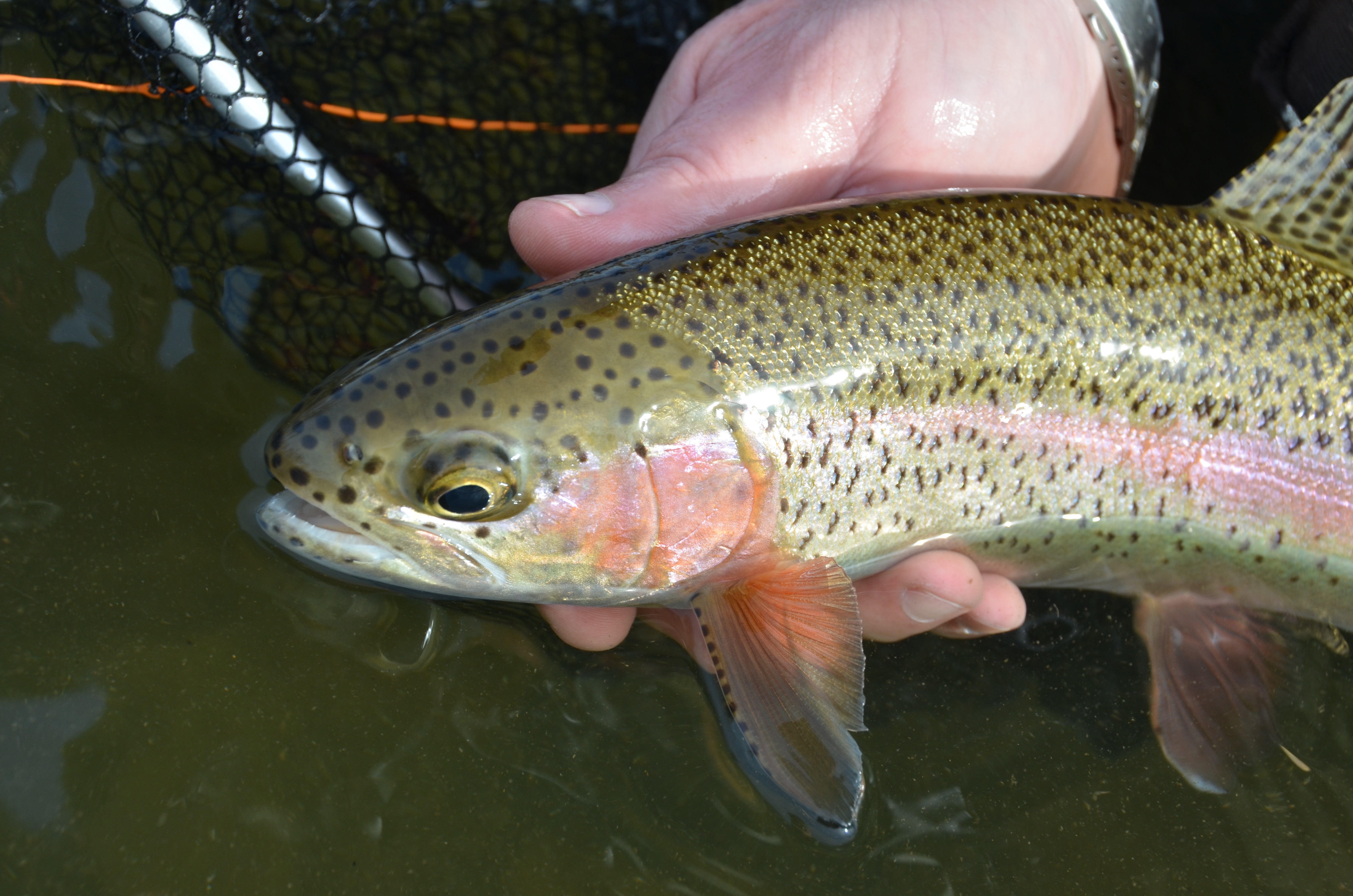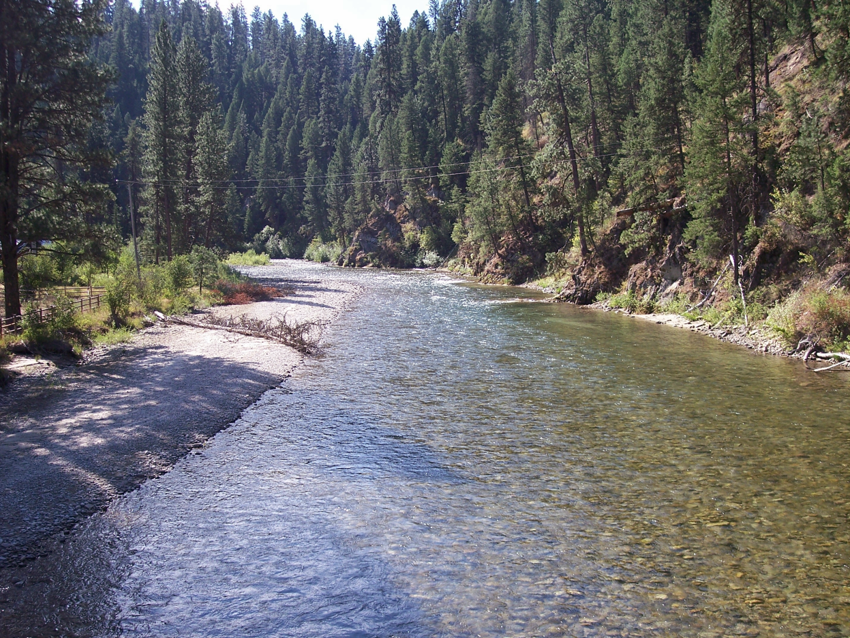
After a long hiatus, hatchery rainbow trout are headed back to the South Fork of the Payette River near Lowman starting July 18 to provide a few more fish for anglers to catch.
A few more? More like 3,000 per month more during summer.
The fish will be stocked around four locations upstream of Lowman, including Mountain View Campground, the section of river across from Lowman fire station, Helende Campground, and the Ten Mile Creek bridge about 12 miles east of Lowman. Those sites provide the best public access to the river and the friendliest bank fishing and wading opportunities.

The stocked fish will be about 10 to 12 inches and will be sterile so as not to interbreed with remaining wild fish in the river. They will be in addition to other trout stocked at Lowman ponds, and also not affect stocking numbers on the Middle Fork of the Payette River near Crouch.
Fish and Game stopped stocking the South Fork with trout back in the late 1990s when hatchery production was reduced, and the department also wanted to see if it could boost wild trout populations there.
“We thought this could become a decent wild trout fishery,” Southwest Region Fish Manager Joe Kozfkay said. “But, unfortunately, it hasn’t.”
Biologists have monitored the river and found low numbers of wild trout and low productivity. Surveys showed as few as 100 wild trout over 4-inches long per mile. By comparison, Kozfkay said, "a good-to-great trout river would be 1,000 to 1,500, and an outstanding one would be 4,000 per mile."
Biologists also found that a typical 8-inch trout in the South Fork of the Payette is about four years old. By comparison, that same four-year old trout in a productive river like the South Fork of the Boise would be about 16-inches, he said.
Kozfkay noted the South Fork is a steep, rocky, narrow canyon with portions that get little sunlight, especially during winter, all of which means it’s low in nutrients with limited bug life and opportunity for fish growth.
“Almost the entire drainage is granite, so it’s inherently low in productivity,” he said.
Despite that, it does support a “moderate” whitefish population that often grow to larger sizes than its trout.
After reviving the stocking program, biologists will likely monitor how many of the fish are getting harvested by anglers, and Kozfkay said they may experiment with larger “magnum” trout to see if they survive longer and are caught at a higher rate, which is common when larger trout are stocked.
While stocking will resume, Kozfkay said Fish and Game is unlikely to return to the numbers of fish the river received in previous decades.
The river has difficult access due to its steepness and limited access points, and the department wants to increase fishing opportunity, but do so in a cost-efffective manner that ensures anglers have a reasonable chance to catch the fish that are stocked.

